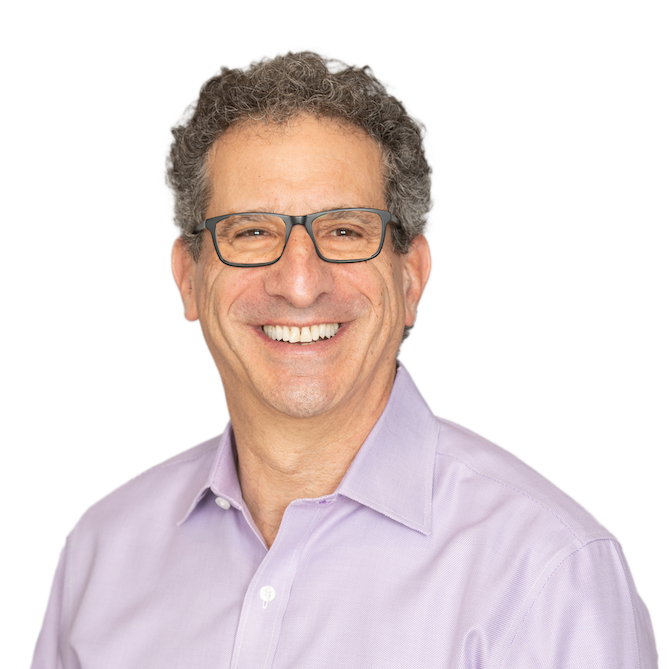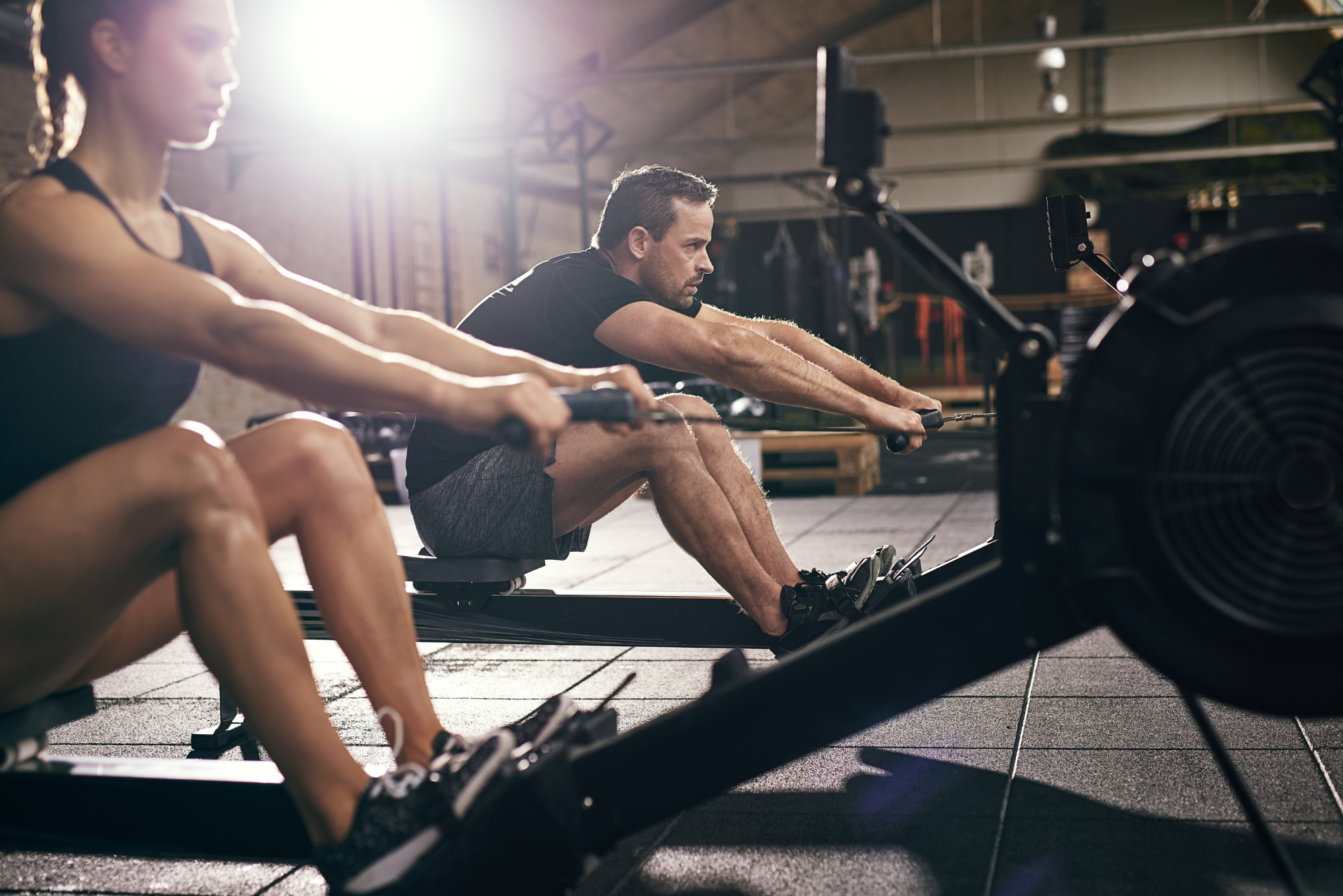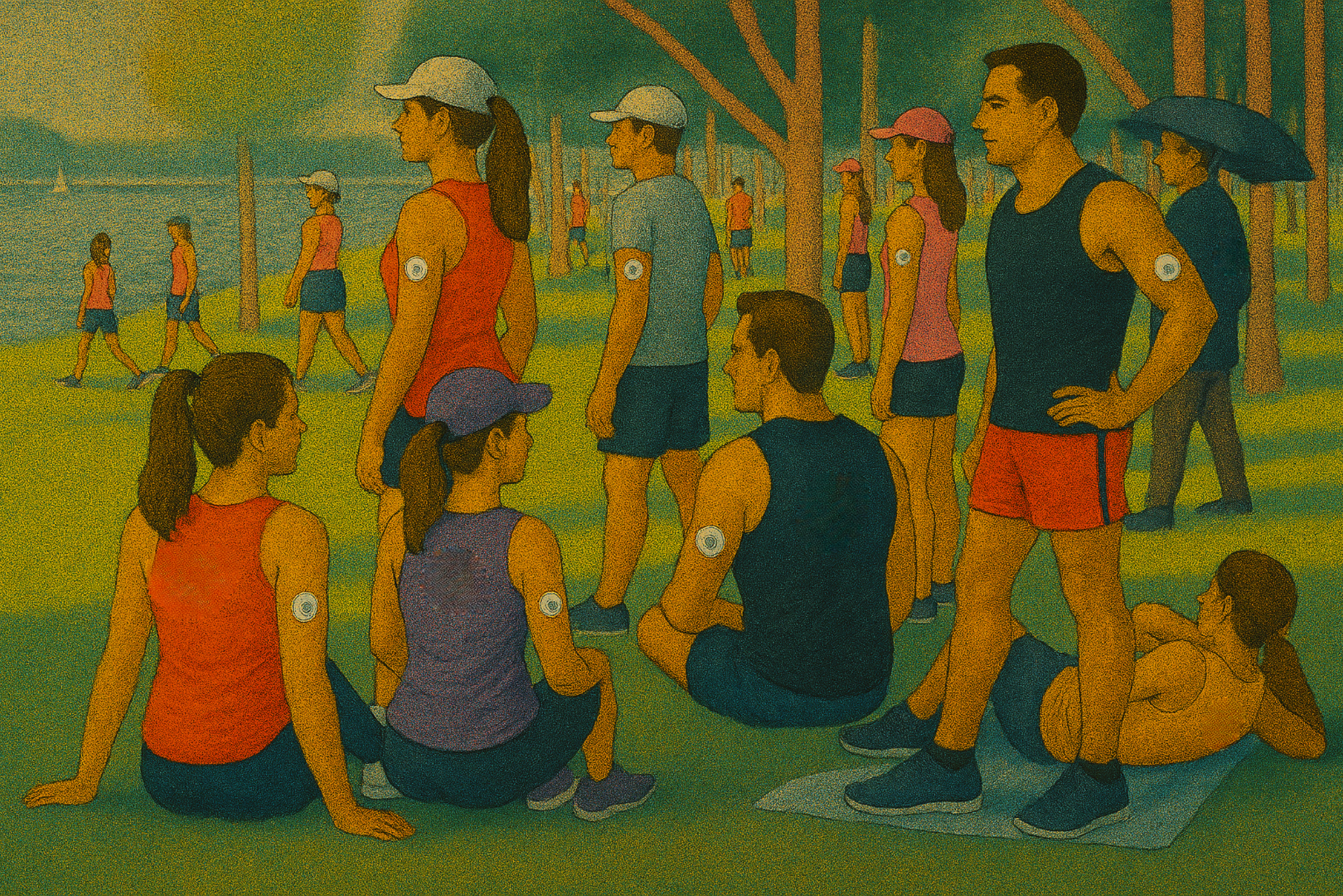In my last blog post, I introduced the Metric-Driven Empowerment Cycle (MDEC, pronounced “em-deck”), in which new health-monitoring technologies provide actionable data that informs behavior modification, which improves the patient’s health. MDEC-based healthcare focuses on preventing illness rather than simply treating it.
Most of the time, that data-informed behavior modification includes some form of exercise.
Exercise’s Impact on Heart Disease
Physicians have been prescribing exercise as medicine since Hippocrates’ day, but exercise benefits weren’t researched until 1953, when British epidemiologist Dr. Jeremy Morris studied transit workers on double-decker buses.
Dr. Morris compared the rate of coronary heart disease (CHD) among bus drivers, who sat for 90% of their shift, with conductors, who climbed over 600 steps a day. The sedentary drivers’ CHD rate was 42% higher than the conductors’.
Dr. Morris confirmed these findings in another study. He compared the rate of CHD among postal workers with desk jobs against that of workers who walked to deliver the mail. The former group had a 33% higher CHD rate.
Dr. Jeremy Morris died in 2009 at age 99. He swam, jogged, and cycled well into his old age.
We now have many decades of literature documenting the staggering health benefits of exercise. It reduces the risk of dementia, mitigates the effects of menopausal hot flashes, minimizes depression, prevents diabetes… I could go on.
Despite the billions of dollars spent on anti-aging drug research, exercise remains the best route we have to the mythical “Fountain of Youth.”

How Exercise Has Helped Me
I’m an avid cyclist. I’ve pedaled thousands of miles in my life, and I’m convinced that my many decades of commitment to fitness have reduced the impact of my genetic predisposition to cardiometabolic disease.
Obesity and diabetes run down both sides of my family tree. Both my parents were physically active, not overweight, and didn’t have diabetes or coronary heart disease. However, all their siblings were overweight and had manifestations of cardiometabolic disease such as high blood pressure, diabetes, and coronary heart disease.
In attempting to practice what I preach, I devote considerable effort to cardiovascular and strength training, working to maintain a normal weight with healthy levels of muscle and fat mass. Nonetheless, my parameters, such as blood pressure, cholesterol levels, and glucose levels, are still borderline — not the levels one would expect given my level of fitness and body composition.
I’m working hard against my genes. For both personal and professional reasons, I’m passionate about exercise’s role in maximizing health and longevity.
I look forward to helping all my patients set personal records and achieve athletic goals. Of course, the greatest gains will accrue to those who are currently the least fit.
The Exercise Dose-Response Curve
The human body is a machine that has evolved for movement. An inactive machine will rapidly break down, i.e., our bodies will devolve into a diseased state if we don’t keep moving.
None of our vital structures will operate appropriately. The heart won’t pump as efficiently. The joints will become stiff and more susceptible to injury. The body can go into caloric excess with surplus energy stored as fat, which gets distributed into abnormal locations such as the liver and muscle cells, creating inflammation and insulin resistance. And so on.
Fortunately, just as physical inactivity can trigger a negative cascade of events, physical activity can reverse the process.
There is an exercise dose-response curve that describes how health benefits change with increasing quantities of both cardiovascular and strength training exercise:
- The first section of the curve has a steep upward slope, reflecting a region that is the “best deal,” or the most improvement in health for even a minimal increase in exercise.
- The next region has a wide range of quantities of exercise in which “more is better” in terms of benefit.
- A small section of the maximum amount of exercise reflects a region in which “more is worse.”

Exercise is the most valuable for the least fit. For these people, exercise corrects a diseased, malfunctioning body. Those with higher levels of fitness can still improve their health but don’t have the same magnitude of dysfunction that needs to be addressed.
Once you advance beyond the steep upslope that rescues the physically inactive, the curve climbs appreciably before flattening. In this region of the curve, incrementally more fitness brings additional health benefits.
Large epidemiological studies illustrate this association by examining the link between longevity and VO2 max, the maximum volume of oxygen your body can use during peak exertion. VO2 max represents the fitness of your entire cardiopulmonary system, which is improved through exercise.
These studies demonstrate a consistent, stepwise improvement in longevity, beginning with the lowest rung of fitness and continuing to the top tier. In fact, the magnitude of benefit from moving from least fit to moderately fit (not even the top tier!) exceeds the reduction in mortality risk of quitting cigarettes or overcoming diabetes. Strength training and muscle mass maintenance also benefit the preservation of function and longevity.
Eventually, the graph slopes downward, which applies to extreme athletes (who compete and train for intense long-distance events, such as running an ultramarathon). They can train so hard that they overwhelm the stress/recovery cycle, creating a chronic inflammatory state with deleterious health effects.
This group comprises a minute fraction of the population but illustrates the concept that “too much of a good thing may no longer be a good thing.”
Final Thoughts
My goal is to see everyone reap the benefits of increased exercise. I also want to keep an eye out for those who may be overtraining.
Of course, the devil is in the details. Creating appropriate training regimens and motivating everyone will be an exciting professional challenge. Exercise will become the foundation of Medicine 3.0 at Banner Peak Health!

Barry Rotman, MD
For over 30 years in medicine, Dr. Rotman has dedicated himself to excellence. With patients’ health as his top priority, he opened his own concierge medical practice in 2007 to practice medicine in a way that lets him truly serve their best interests.



